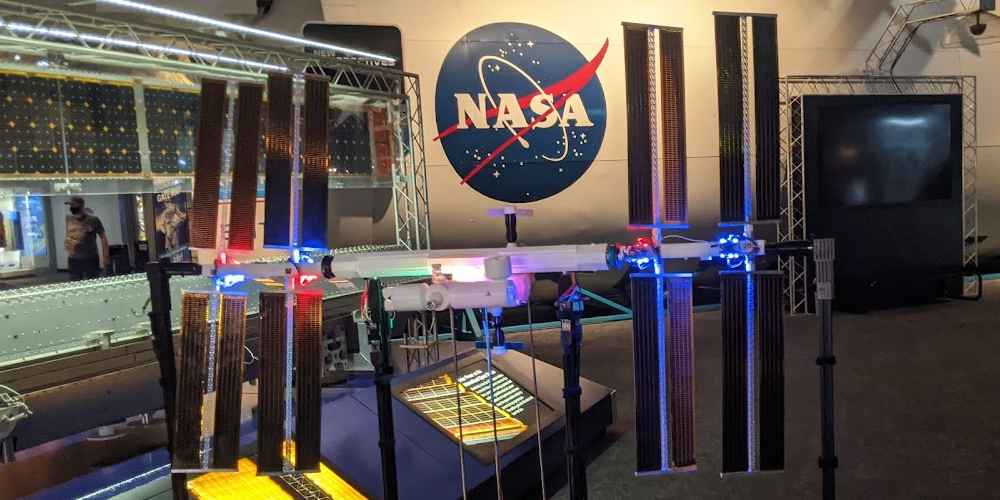Sunday 2023-09-10 – Link List
Blogging Intensifies Link List for Sunday 2023-09-10

12-Feb-2022 – Introducing Taylor’s Version
Brief Summary: “My friends know that I’m not only a fan of the Swift programming language, I’m also a huge fan of Ta”
Blogging Intensifies Link List for Sunday 2023-09-10

12-Feb-2022 – Introducing Taylor’s Version
Brief Summary: “My friends know that I’m not only a fan of the Swift programming language, I’m also a huge fan of Ta”
This week will be a bit music-heavy, not so much about anything specific, but about what I have been doing in general. It honestly could almost be its own, separate post and topic, instead of a weekly wrap post.
Anyway.
Roughly, 4 months or so ago, Target Circle had a 3 months free offer for Apple Music and Apple TV. I have no interest in Apple TV’s content, sorry Ted Lasso. I did take the offer, so I could watch Tetris, then immediately set it to cancel. The Apple Music I did want to try out.
I don’t make it any sort of secret that I prefer buying music, but I am increasingly kind of wishing I had a paid streaming option, somewhat primarily so I can sample artists a bit easier. Also, sometimes I just want to listen to some particular song or artist and it is otherwise inconvenient to do. Amazon really fucking screwed me up with they broke Amazon Music. I will never forgive them. I owned a lot of my music through Amazon, and could just “pick up and listen” easily in their app. But the app started CONSTANTLY begging you to subscribe to the premium option, and then the last straw was that it no longer does anything but shuffle, even if you own it unless you subscribe.
Bull.
Shit.
So anyway, in the past, I have had a 6-month trial of Spotify, and I had a 3-month trial on Tidal, and I have some YouTube playlists but Vanced Player finally broke broke. The easy and obvious choice is Spotify. Everyone uses Spotify, it’s the defacto choice. I wasn’t super keen on Spotify because one, they don’t include HiFi Audio. Tidal charges extra (by a lot) so Tidal was out for this reason as well. Tidal in general is very expensive compared to everyone else. Secondly, Spotify pays artists pretty low compared to others. I like supporting artists.
I had decided Apple Music may be a good choice, this trial was a chance to try it out. And I subscribed for a month at the paid tier. What I wanted though, was to do the Family Plan. For like, $6 more, I could eliminate the headache of conflicting with my wife listening at home on the Echo while I was at work. For $6 more, I could let my kids have music as well, so they don’t have to rely on random services or YouTube.
Except it turns out, that Apple, does not have a web-based account management system for Apple Music. To manage family sharing, you MUST use an iPhone or a Mac. I don’t have either one of these. I am actually vaguely considering getting a Mac for my next laptop, but currently, I don’t have either. So that’s completely not happening.
So for now, I have canceled that Apple Music subscription, and I have decided to just go with Spotify. I probably don’t need the HiFi audio anyway, since most of this listening is done with Bluetooth to my earbuds or my car anyway, and I still pay artists directly buying music anyway.
The pain now is, Spotify gave me a 3-month discount deal, for a single plan. So my family may be slightly screwed out of that for a bit. I honestly don’t think they even care about the overall prospect of a music service anyway.
One thing though, which brings this a bit into “What I did this week”, is to consolidate all of my music across these services into Spotify. It didn’t take too long, because I have never used any of them for a super long term. I used a tool called Soundiiz, which came up as recommended for most of it. The free plan is a bit limited though, so some had to be done manually. I was going to just cough up the $3 for a month of their paid tier so it would be instant, but it’s only $3 if you “pay annually”, and it’s $4.50 otherwise. That extra $1.50 wasn’t the killer for me, it was the bull shit annoying “marketing deception”. I HATE that crap. If it had been upfront with “4.50/month” or “$36/year”, I would probably have just paid for a month.
The core transfer was mostly playlists, and only two were larger than the 200 song limit. So I just transferred them in multiple chunks and then merged them back into the Spotify App. For liked Artists, I just set up side-by-side windows and manually searched on Spotify. This also played nicely into another music project I had started on Apple Music to build a “Huge playlist of music I like that I can just play on shuffle”. You can find it here or below, and my profile is here.
I mentioned last week getting a bit of a bonus at work. That came through so I was a bit less restricted on a few things, in one case, with Humble Bundle, where I went for the following.
Blogging Intensifies Link List for Friday 2023-09-08
08-Sep-2023 – Bots on X worse than ever according to analysis of 1m tweets during first Republican primary debate
Brief Summary: “Researchers identify sprawling bot network of 1,305 accounts active during Republican debate and Don”
08-Sep-2023 – Roblox: all the news about the popular social and gaming platform
Brief Summary: ”
Illustration: The Verge
The giant metaverse platform is huge with kids and g”
08-Sep-2023 – Roblox wants to be a dating app
Brief Summary: ”
Screenshot from Roblox’s RDC 2023 keynote video
Roblox really wants to move “
08-Sep-2023 – CHVRCHES have shared another previously unheard track, ‘Talking In My Sleep’
Brief Summary: ”
CHVRCHES have shared another new track as part of the tenth anniversary celebrations for their debu”
Blogging Intensifies Link List for Tuesday 2023-09-05
05-Sep-2023 – Hey Elon: The ADL Convincing Advertisers To Run Away From Your Site Is Part Of The Free Speech You Pretend To Support
Brief Summary: “Not this shit again.
A month ago, “free speech absolutist” Elon Musk sued the Center for Countering “
05-Sep-2023 – WHOIS Command on Windows – PowerShell & CMD
Brief Summary: “In Linux, a whois command is used to lookup information about domains or IP addresses. But if you tr”
05-Sep-2023 – Dear Duolingo: Are any words the same in all languages?
Brief Summary: “Welcome to another week of Dear Duolingo, an advice column just for learners. Catch up on past insta”
05-Sep-2023 – Is There a Metaverse Tax Policy in the Works?
Brief Summary: “Authorities should regulate and tax the Metaverse to avoid tax dodgers operating on the upcoming spa”
05-Sep-2023 – Elon Musk threatens to sue Anti-Defamation League over lost X revenue
Brief Summary: “World’s richest man claims civil rights group has falsely accused site formerly known as Twitter of “

05-Sep-2023 – This Model Mimics the International Space Station
Brief Summary: “It’s not an overstatement to say that the International Space Station (ISS for short) is an amazing “
Blogging Intensifies Link List for Monday 2023-09-04
04-Sep-2023 – Has the US learned to cope with extreme heat? Next summer could be even hotter
Brief Summary: “This year’s heatwaves have been a huge challenge – and scientists predict 2024 will likely break rec”
04-Sep-2023 – Twitter accused of helping Saudi Arabia commit human rights abuses
Brief Summary: “Lawsuit says network discloses user data at request of Saudi authorities at much higher rate than fo”